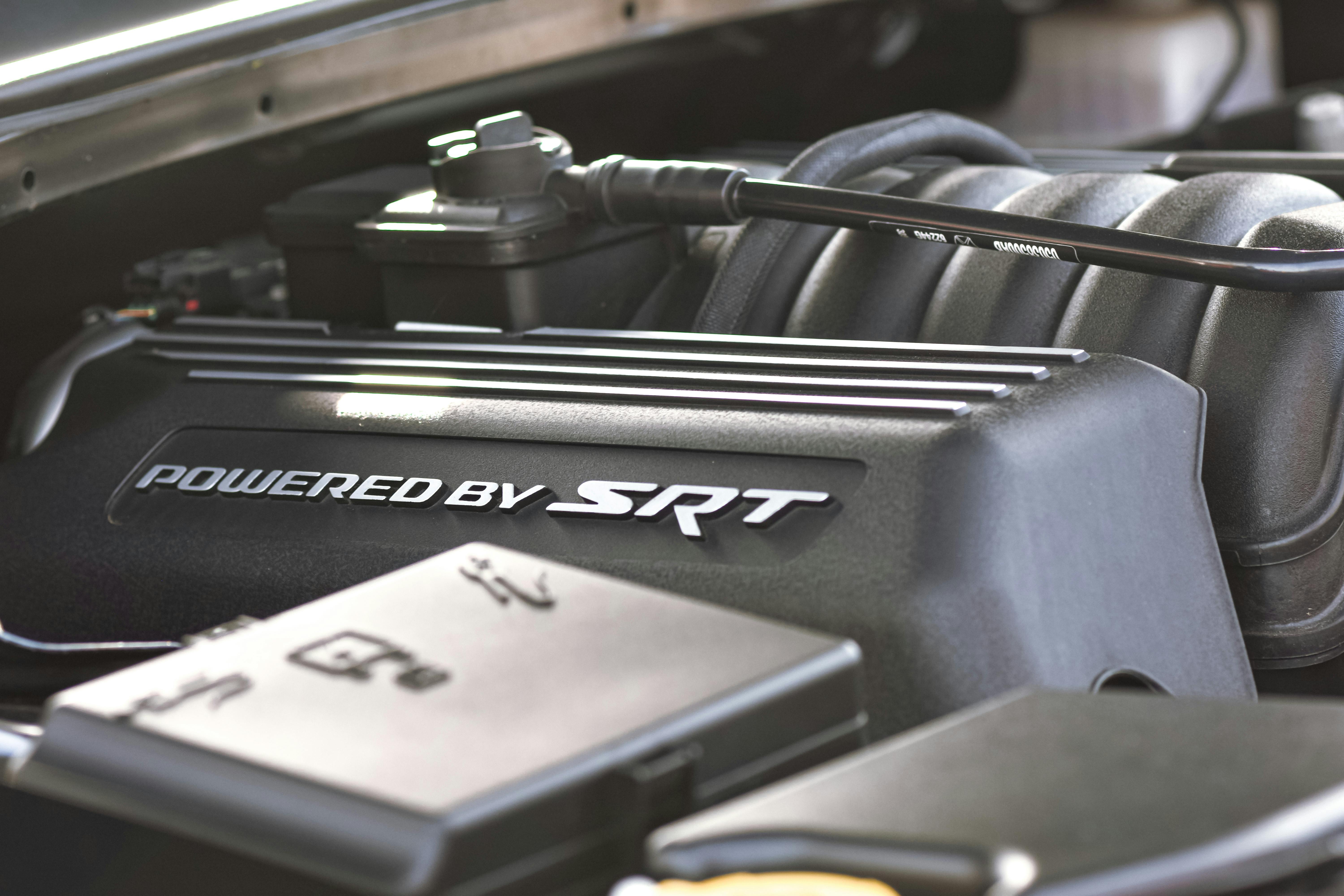High-Performance SUVs in the U.S.: Power, Speed, and Advanced Features
The high-performance SUV segment has transformed dramatically over the past decade, combining traditional SUV versatility with sports car-level performance capabilities. These vehicles offer families and enthusiasts the ability to enjoy powerful engines, advanced handling systems, and cutting-edge technology without sacrificing cargo space or seating capacity. Understanding what defines a high-performance SUV and the current market offerings can help buyers make informed decisions about these impressive vehicles.

What Defines a High-Performance SUV and Key Features
High-performance SUVs typically feature engines producing over 350 horsepower, with many models exceeding 500 horsepower. These vehicles incorporate advanced all-wheel-drive systems, performance-tuned suspensions, and enhanced braking capabilities to handle the increased power effectively. Key features include turbocharged or supercharged engines, adaptive suspension systems, sport-tuned steering, upgraded brake packages, and performance-oriented interior appointments.
Modern high-performance SUVs also integrate sophisticated electronic systems such as launch control, multiple driving modes, torque vectoring, and advanced traction management. Premium materials, sport seating with enhanced bolstering, and performance-oriented dashboard displays further distinguish these vehicles from standard SUV offerings.
High-Performance SUVs Available in the U.S. Market
The American market offers numerous high-performance SUV options across various price segments. Luxury manufacturers have embraced this category extensively, with German, American, and British brands leading development efforts. These vehicles range from mid-size performance SUVs suitable for daily driving to full-size models capable of towing substantial loads while maintaining impressive acceleration capabilities.
Popular categories include luxury performance SUVs from premium European manufacturers, American muscle-inspired SUVs emphasizing raw power, and hybrid performance models combining electric motors with traditional engines for enhanced output. Each category offers distinct characteristics appealing to different buyer preferences and usage requirements.
Safety and Cost Considerations for Performance SUVs
High-performance SUVs incorporate advanced safety technologies to manage their increased power and weight effectively. Standard safety features typically include multiple airbags, electronic stability control, advanced driver assistance systems, and reinforced crash structures. Many models offer optional safety packages featuring adaptive cruise control, automatic emergency braking, blind-spot monitoring, and lane-keeping assistance.
Cost considerations extend beyond initial purchase prices to include insurance premiums, maintenance expenses, and fuel consumption. Performance SUVs generally require premium fuel, more frequent maintenance intervals, and specialized service procedures. Insurance costs typically exceed standard SUV rates due to higher repair costs and increased performance capabilities.
Fuel Efficiency and Practicality Aspects
Despite their performance focus, modern high-performance SUVs have improved fuel efficiency compared to earlier generations. Advanced engine technologies, including cylinder deactivation, direct injection, and turbocharging, help optimize fuel consumption during normal driving conditions. However, fuel economy remains relatively modest compared to standard SUVs, particularly during spirited driving.
Practicality features include generous cargo capacity, comfortable seating for up to seven passengers in larger models, and substantial towing capabilities. Many performance SUVs maintain ground clearance suitable for light off-road activities while offering advanced infotainment systems, climate control, and connectivity features expected in luxury vehicles.
| Vehicle Model | Manufacturer | Estimated Price Range | Key Performance Features |
|---|---|---|---|
| Model X Plaid | Tesla | $110,000 - $120,000 | 1,020 hp, 0-60 in 2.5 seconds |
| Cayenne Turbo | Porsche | $130,000 - $150,000 | 541 hp, Sport Chrono Package |
| X5 M Competition | BMW | $105,000 - $115,000 | 617 hp, M xDrive system |
| GLE 63 S AMG | Mercedes-Benz | $115,000 - $125,000 | 603 hp, AMG Performance 4MATIC+ |
| Escalade-V | Cadillac | $150,000 - $160,000 | 682 hp, Magnetic Ride Control |
Prices, rates, or cost estimates mentioned in this article are based on the latest available information but may change over time. Independent research is advised before making financial decisions.
Tips for Choosing a High-Performance SUV
Selecting an appropriate high-performance SUV requires evaluating intended usage, budget constraints, and feature priorities. Consider factors such as seating capacity requirements, cargo space needs, towing capabilities, and driving environment conditions. Performance preferences should align with realistic usage patterns, as maximum capabilities may rarely be utilized in daily driving situations.
Research reliability ratings, warranty coverage, and local service availability for preferred manufacturers. Test driving multiple models helps identify differences in handling characteristics, comfort levels, and technology interfaces. Additionally, investigate financing options, lease programs, and certified pre-owned alternatives to optimize value propositions.
Finding the Right High-Performance SUV for Your Needs
The high-performance SUV market continues expanding with manufacturers introducing new models and updating existing offerings regularly. These vehicles successfully combine family-friendly practicality with exhilarating performance capabilities, though buyers should carefully consider long-term ownership costs and realistic usage requirements. By evaluating personal priorities, budget parameters, and available options thoroughly, consumers can identify high-performance SUVs that deliver satisfying ownership experiences while meeting practical transportation needs.




